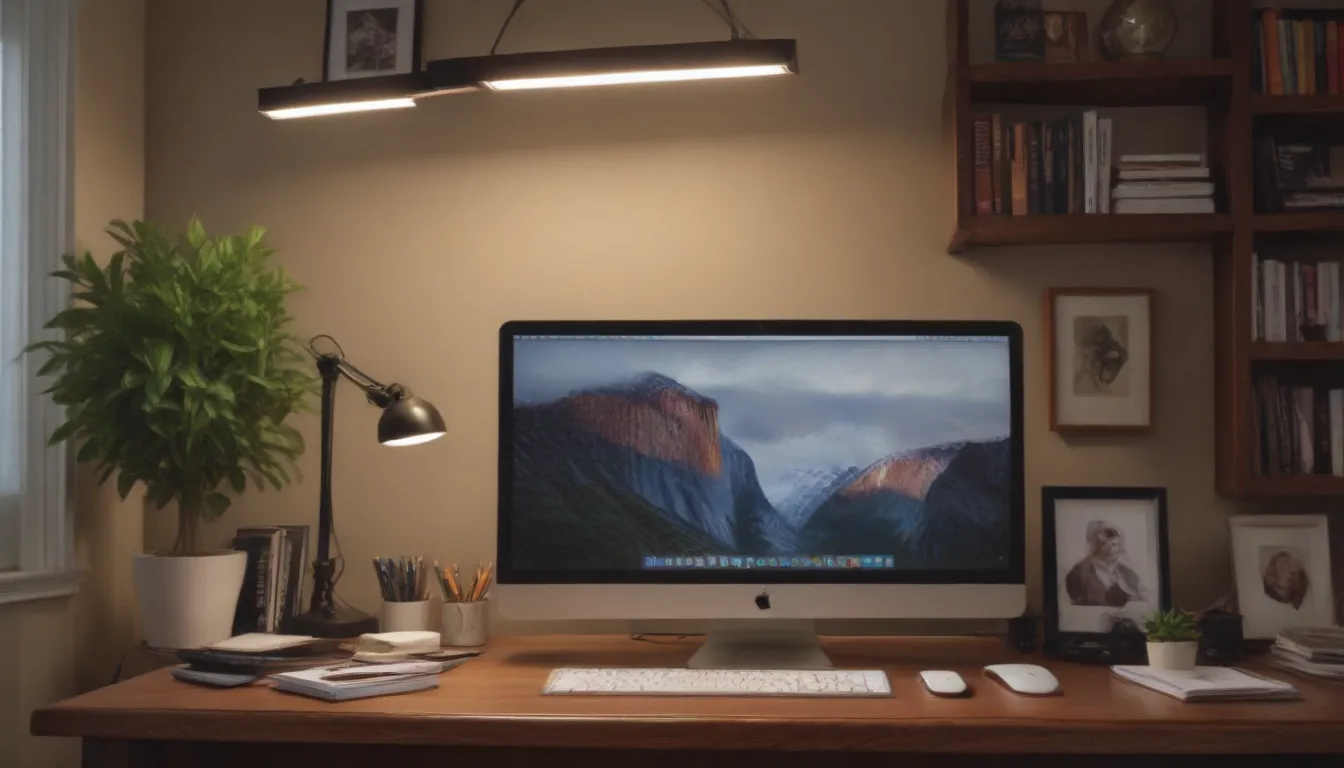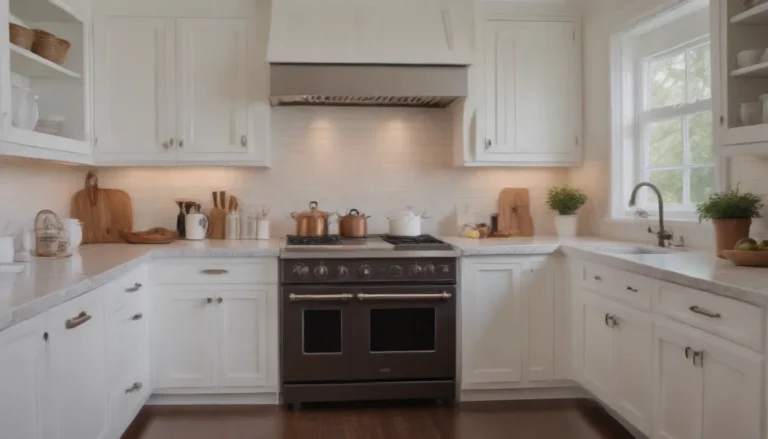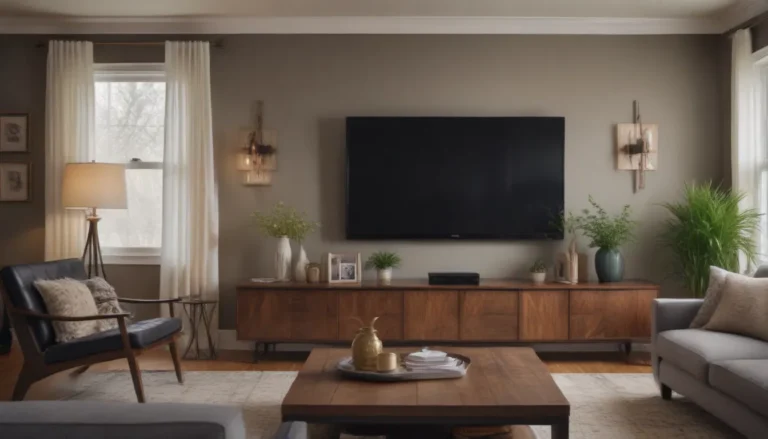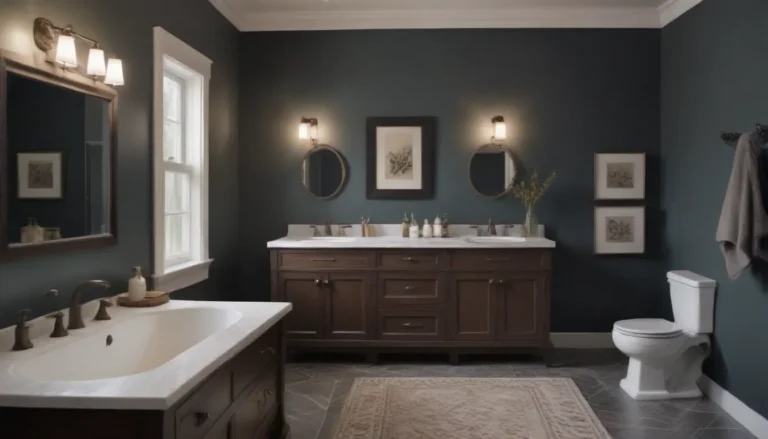Maximizing Productivity: 5 Essential Tips for Creating the Perfect Home Office Lighting

In today’s modern world, more and more people are working from home, whether as freelancers, remote employees, or entrepreneurs. With the rise of the home office, it’s important to create a workspace that not only looks good but also promotes productivity. One key aspect of creating an effective home office is ensuring that you have the right lighting. The character and quality of lighting in your workspace can have a significant impact on your mood, focus, and overall work performance.
If you find yourself working in a space with limited natural light, artificial lighting becomes even more critical. While many home offices come with ambient lighting in the form of overhead or recessed lights, this type of lighting is often not ideal for functional workspaces. To help you make the most of your home office lighting, here are five tips to consider:
Keep Office Lights Indirect
When it comes to lighting your home office, it’s essential to avoid working under harsh overhead lights. Instead, opt for indirect lighting that diffuses throughout the space. Lampshades are a great way to soften and scatter light, while upward-shining floor lamps can bounce light off walls and ceilings. The goal is to illuminate the entire space without creating glare or harsh contrasts that can strain your eyes.
Create Task Lighting
For tasks that require intense focus, such as computer work or paperwork, it’s important to have a dedicated light source. An adjustable desk lamp can provide targeted light exactly where you need it, supporting various tasks effectively. If your home office has multiple workstations, consider setting up dedicated task lighting for each area to enhance efficiency and reduce eye strain.
Eliminate Glare and Shadows
To avoid distractions and discomfort while working, always consider the placement of your light sources. Lights positioned behind you can create annoying glares on screens, while shadows cast by lamps can interfere with your tasks. Make sure to position your lighting strategically to minimize glare and shadow formation, enhancing your overall workspace comfort and productivity.
Utilize Natural Light
Don’t underestimate the power of natural light in your home office. Sunlight can provide warm, inviting lighting that can improve your work environment. However, it’s crucial to manage direct sunlight to prevent excessive glare. Position your workspace in a way that maximizes natural light without causing discomfort. Consider using solar shades or blinds to regulate brightness levels and maintain a comfortable working environment throughout the day.
Consider Decorative Office Lighting
In addition to functional lighting sources, such as ambient and task lighting, incorporating decorative lighting elements can enhance the aesthetic appeal of your home office. Accent lighting, such as mantel or picture lights, can draw attention to specific objects or elements in the room, adding visual interest. Decorative lights, such as wall sconces, can provide a touch of elegance and style to your workspace, elevating its overall ambiance.
By following these five tips and incorporating them into your home office lighting design, you can create a workspace that is not only visually appealing but also conducive to productivity and focus. Remember that the right lighting can make a significant difference in your work performance and overall well-being, so take the time to assess your current lighting setup and make necessary adjustments for a brighter, more efficient work environment.





